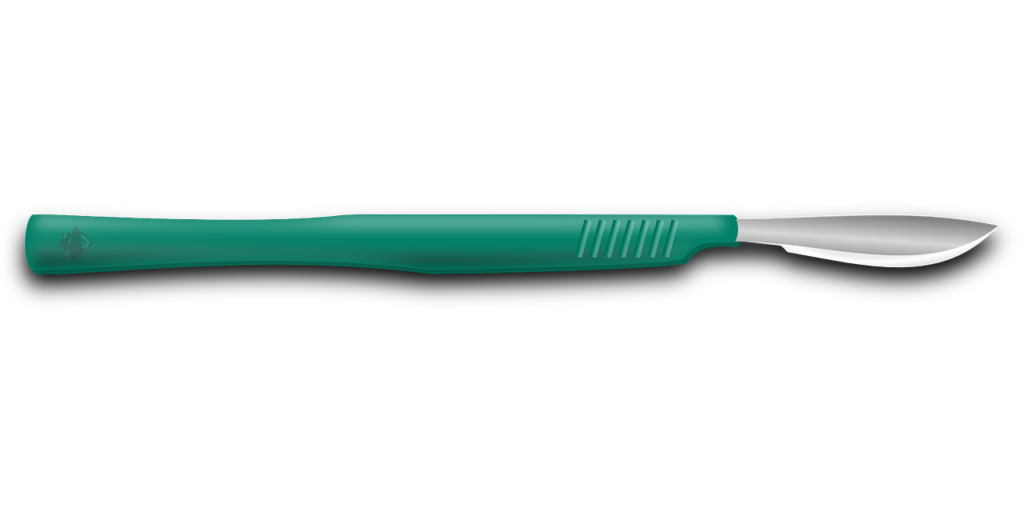How to Use Cidex OPA Products to Keep Medical Equipment Sterile

Before surgical instruments can be used, they must be cleaned and sterilized with Cidex OPA products. This is vital to the safety of patients. Every part of the equipment must be cleaned as well, including the hard to reach areas. So how is that achieved?
Cleaning Surgical Instruments with Cidex OPA Products
- If an instrument has moving parts, they must be disassembled.
- General and delicate instruments have to be separated, as they all have different sterilization procedures.
- Check whether any corrosion is on the instruments, which can be caused by contaminants and dirt. If corrosion is present, the instrument has to be disposed of.
Cleaning Instruments Manually
- Instruments have to be clean as soon as possible after they were used.
- Blood and materials should not be allowed to dry on the instrument. If you cannot clean immediately, place the instruments in an enzyme solution so no materials dry.
- Clean all instruments, whether they were used or not.
- Rinse off instruments under the cold tap first, then soak them in special solutions to remove the tougher residues.
- Scrub the instruments with nylon brushes, and rinse all syringes.
- Use the appropriate cleaning agents and disinfectants according to instructions. This tends to depend on the material of which the instrument is made.
Buying Surgical Instruments
Some things to consider before you order new surgical instruments include:
- The finish of the surface. If it is more polished, it is more likely to resist rust and coating.
- Hand-forged or otherwise handmade instruments are more likely to have pockets where dirt can collect, even microscopic ones.
- Instruments should have lot numbers of batch numbers so that they can be traced for sterilization purposes. Do not mistake a batch number with an internal product code, however.
- Instruments should have a full guarantee. They should also be CE marked, engraved on the instrument, and conform to ISO 9001:2000.
- You should get a good warranty on the product, particularly that any defective products will be repaired for free within a certain period of time.
- Information on the type of cleaning and sterilization solution should be included.
- Find out where manufacturing took place. Scandinavian and German instruments tend to be a lot more expensive than those manufactured in Pakistan or India, but the quality of the latter is more likely to be poor as well.
- Check the type of steel that is used. Japanese steel is considered the best, whereas Pakistani steel is one of the worst.
- Ask for free samples so that you can really see what the instruments are like.
What to Consider when Repairing an Instrument
- All instruments should be schedule for annual checks.
- Instruments should be fitted with identification tags, so that you can instantly see if sharpening or repairs are required.
- Repairs should only be carried out by professional companies.
By following these guidelines, you should be able to get the most out of surgical instruments and keep them as safe as possible.


